FOUNDERS
Founders
Flight Safety Foundation was established in 1945 to carry out research on human factors, cockpit design and the prevention and aircraft crash injuries. Shortly thereafter, the Foundation absorbed Aircraft Engineering for Safety, which had been established as a service to exchange safety information. The following six individuals played critical roles in establishing the Foundation as an independent, international and impartial nonprofit dedicated solely to the advancement of aviation safety.

Jerome F. Lederer
A LIFETIME OF SAFETY ADVOCACY, FATHER OF AVIATION SAFETY
Jerome F. “Jerry” Lederer, whose career in aviation safety ran from the earliest airmail flights – and a preflight inspection of Charles Lindbergh’s “Spirit of St. Louis” – to the development of the U.S. space program’s safety office, was the driving force behind the creation of Flight Safety Foundation and served as the Foundation’s first director.
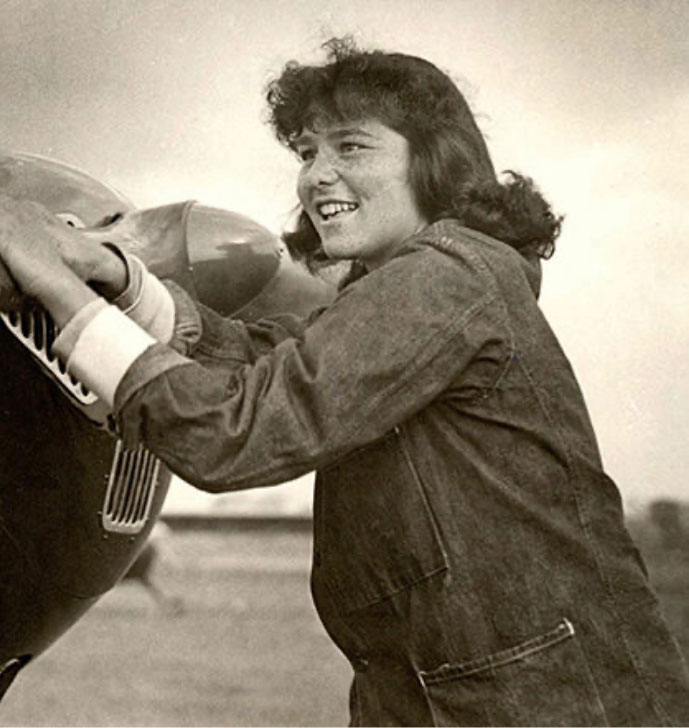
Gloria W. Heath
AVIATOR, SEARCH-AND-RESCUE PIONEER, AVIATION SAFETY EXPERT
Gloria W. Heath, a pioneering female pilot and later an expert in search-and-rescue operations on land, at sea and in the air, was a founding member of Flight Safety Foundation and an early force in the Foundation’s efforts to disseminate aviation safety information worldwide.
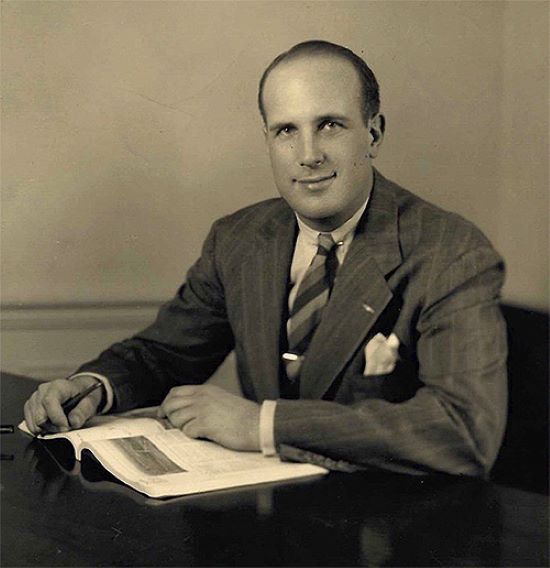
Richard T. Crane
AVIATOR, ENTREPRENEUR, FOUNDER OF FIRST U.S. REGIONAL AIRLINE, CO-FOUNDER OF FLIGHT SAFETY FOUNDATION
Richard Teller Crane logged his first solo flight at age 13, launching an aviation career that included an apprenticeship with aviation pioneer Glenn L. Martin and a research partnership with David Morrison that focused on finding ways to prevent crash injuries and ultimately led to the creation of Flight Safety Foundation.
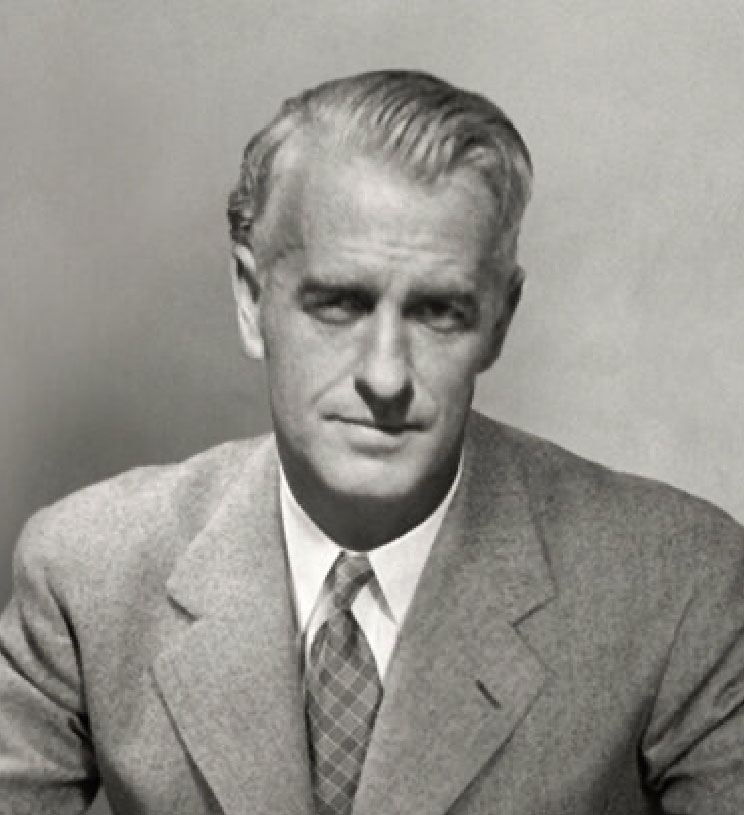
David Morrison
FIRST TO PATENT A DIGITAL COCKPIT INSTRUMENT PANEL
David Morrison, an early advocate of a standardized cockpit layout and crew resource management, launched his aviation career after joining the U.S. Marine Corps in 1938 and being assigned soon afterward to the Glenn L. Martin Company (now Lockheed Martin) aircraft manufacturing plant in Baltimore, Maryland, U.S.
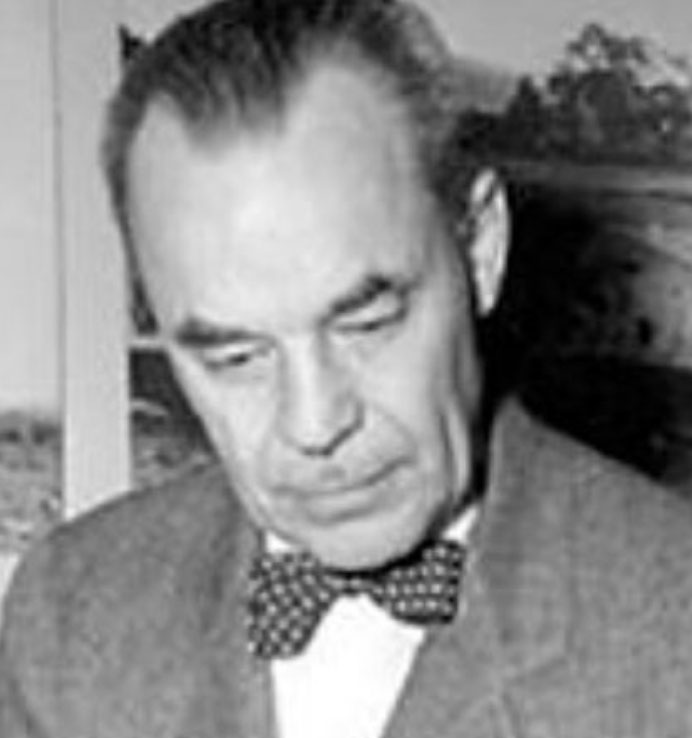
Hugh Dehaven
FATHER OF CRASH SURVIVABILITY
Hugh DeHaven was an inventor and entrepreneur whose groundbreaking research in crash survivability led to the redesign of airplane cockpits, the introduction of seat belts in automobiles – and a role in the formation of Flight Safety Foundation.
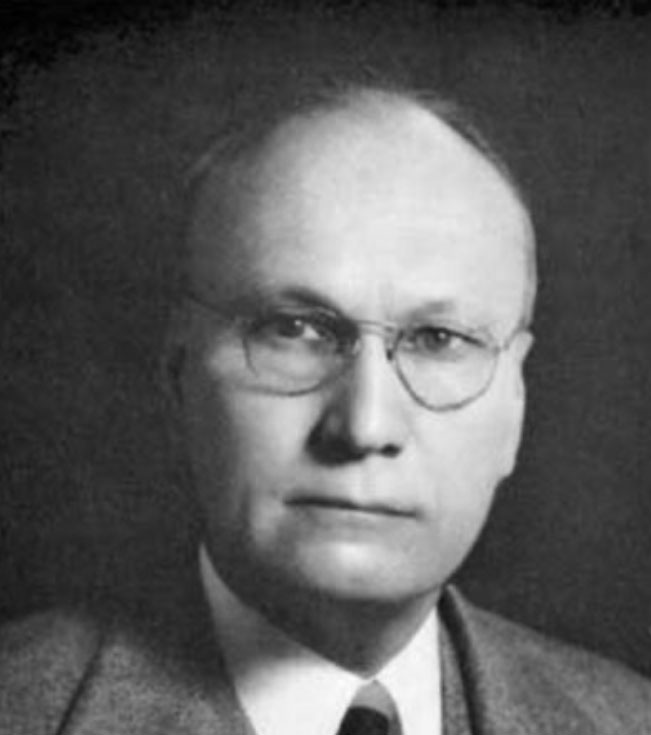
Eugene Dubois
PROFESSOR OF MEDICINE, EARLY PROPONENT OF CRASH INJURY RESEARCH
Hugh DeHaven was an inventor and entrepreneur whose groundbreaking research in crash survivability led to the redesign of airplane cockpits, the introduction of seat belts in automobiles – and a role in the formation of Flight Safety Foundation.